Printing your logo on a hoodie isn’t just a creative decision—it’s a technical one. Choose the wrong method, and your design could peel, fade, or crack after just a few washes.
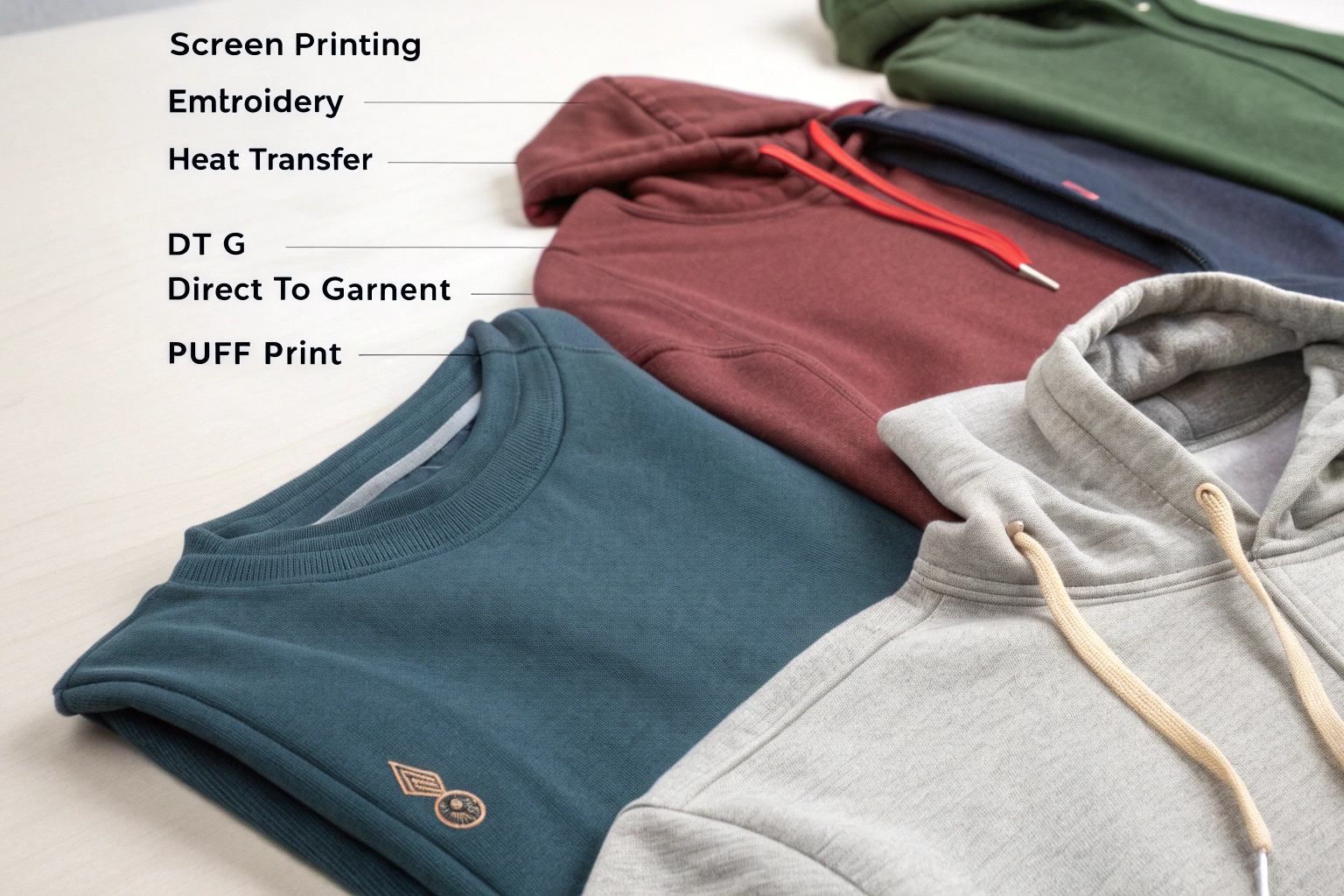
The top five techniques for customizing hoodies in 2025 are screen printing, embroidery, heat transfer, direct-to-garment (DTG), and puff print. Each offers distinct benefits depending on your design, fabric, and production goals.
If you’re planning a product drop, designing uniforms, or building a fashion line, understanding these techniques will help you deliver hoodies that look good and last longer.
Is screen printing still the most popular method?
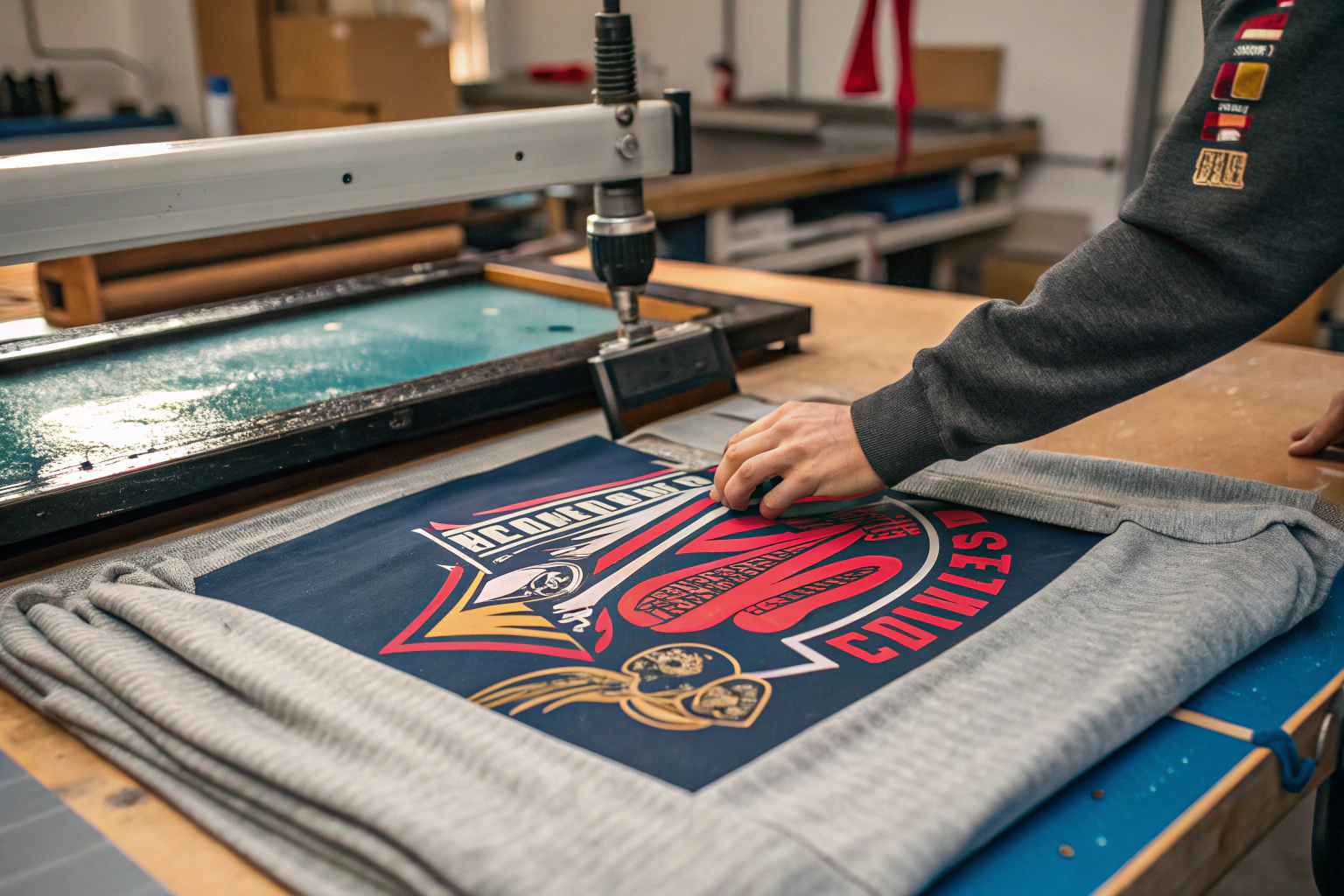
Yes—and for good reason. Screen printing remains the most reliable and cost-effective option for bold graphics and large runs. The process uses mesh screens to apply ink in layers, producing vibrant, solid colors that bond well with cotton or cotton-blend hoodies.
It’s ideal for text, logos, and graphics with limited colors. However, it’s less suitable for photo-quality images or intricate gradients. Also, since each color needs its own screen, setup costs can be high for small orders.
Best use: event merchandise, brand logos, team wear, and bulk basics.
Why is embroidery considered a premium finish?
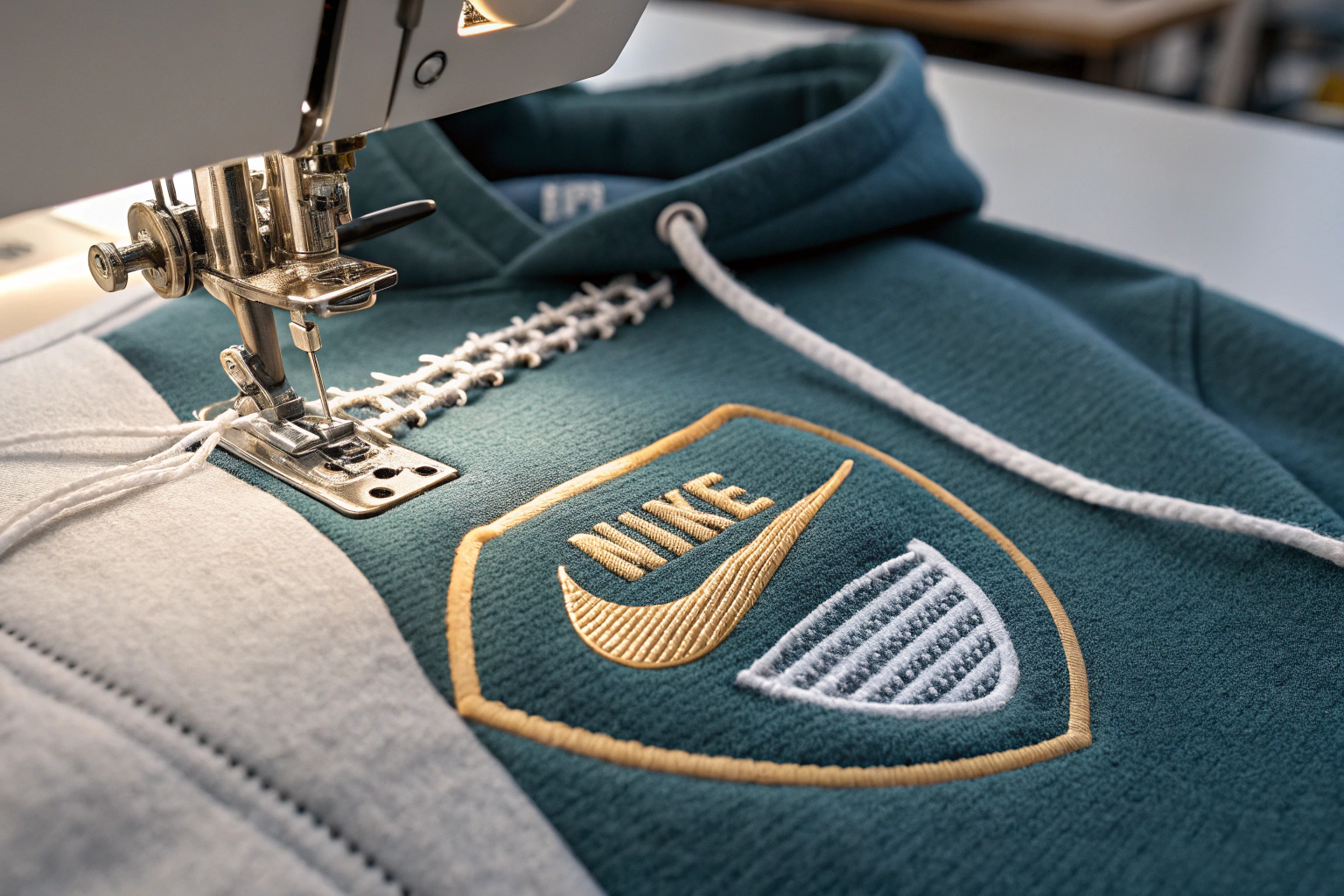
Embroidery doesn’t print your logo—it stitches it directly into the fabric using thread. The result is a raised, textured design that won’t fade or peel and adds a premium, handcrafted feel.
Embroidery works best on thicker hoodie fabrics like fleece or terry. It’s great for small logos on the chest, sleeves, or hood area. While it elevates the overall aesthetic, it isn’t suitable for large or complex images and can feel heavy on thin materials.
Best use: minimalist branding, upscale fashion, uniforms, and corporate gifts.
When should you consider heat transfer printing?
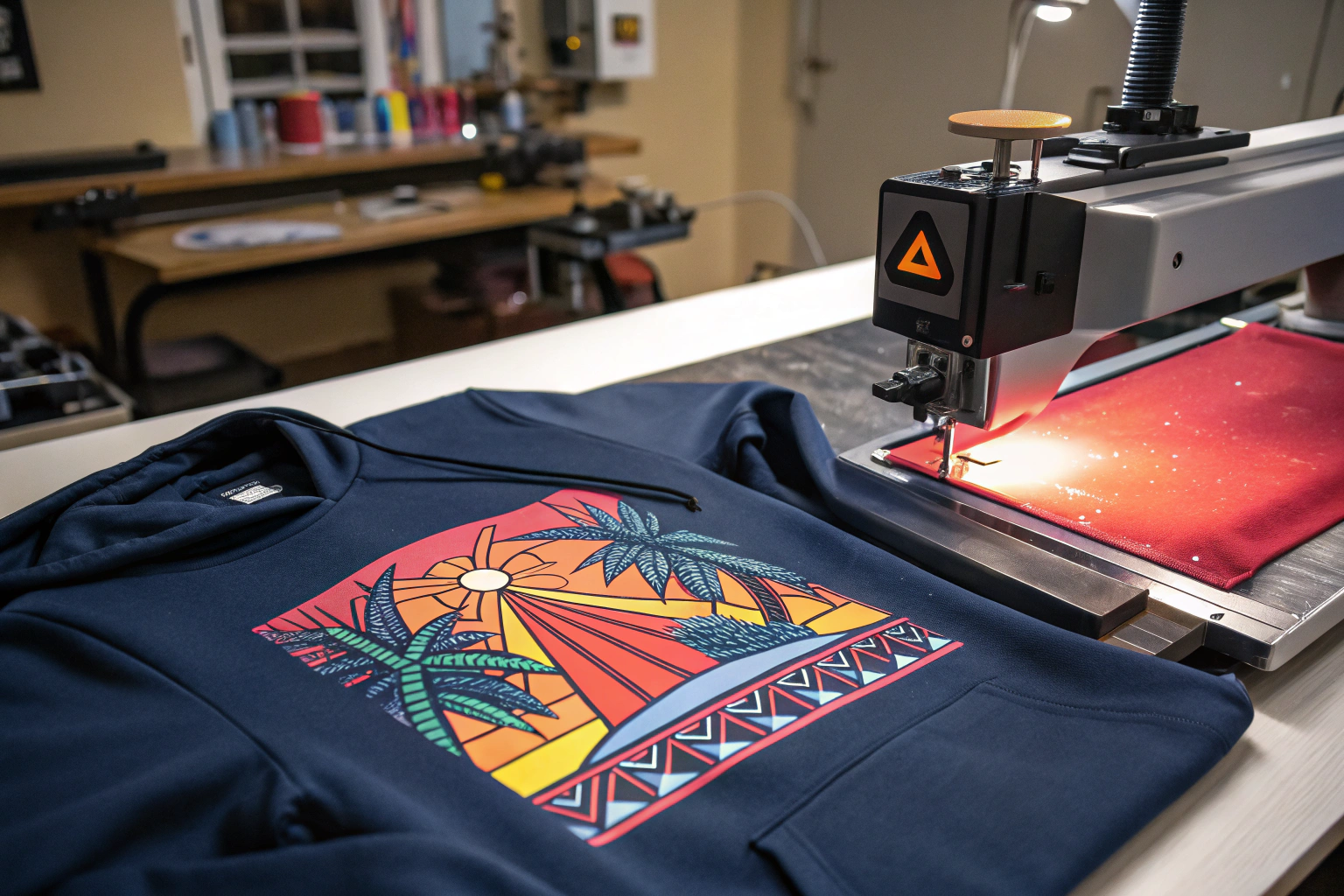
Heat transfer printing uses printed film applied with high temperature and pressure. It’s the go-to for vibrant, full-color designs and small runs.
It excels at photo-like prints and offers a quick turnaround. However, durability is its main drawback. After several washes, especially on stretchy fabrics, the print may crack, peel, or fade. Breathability is also lower than other methods.
Best use: limited edition drops, promotional hoodies, small-batch fashion items.
Is DTG printing good for detailed designs?
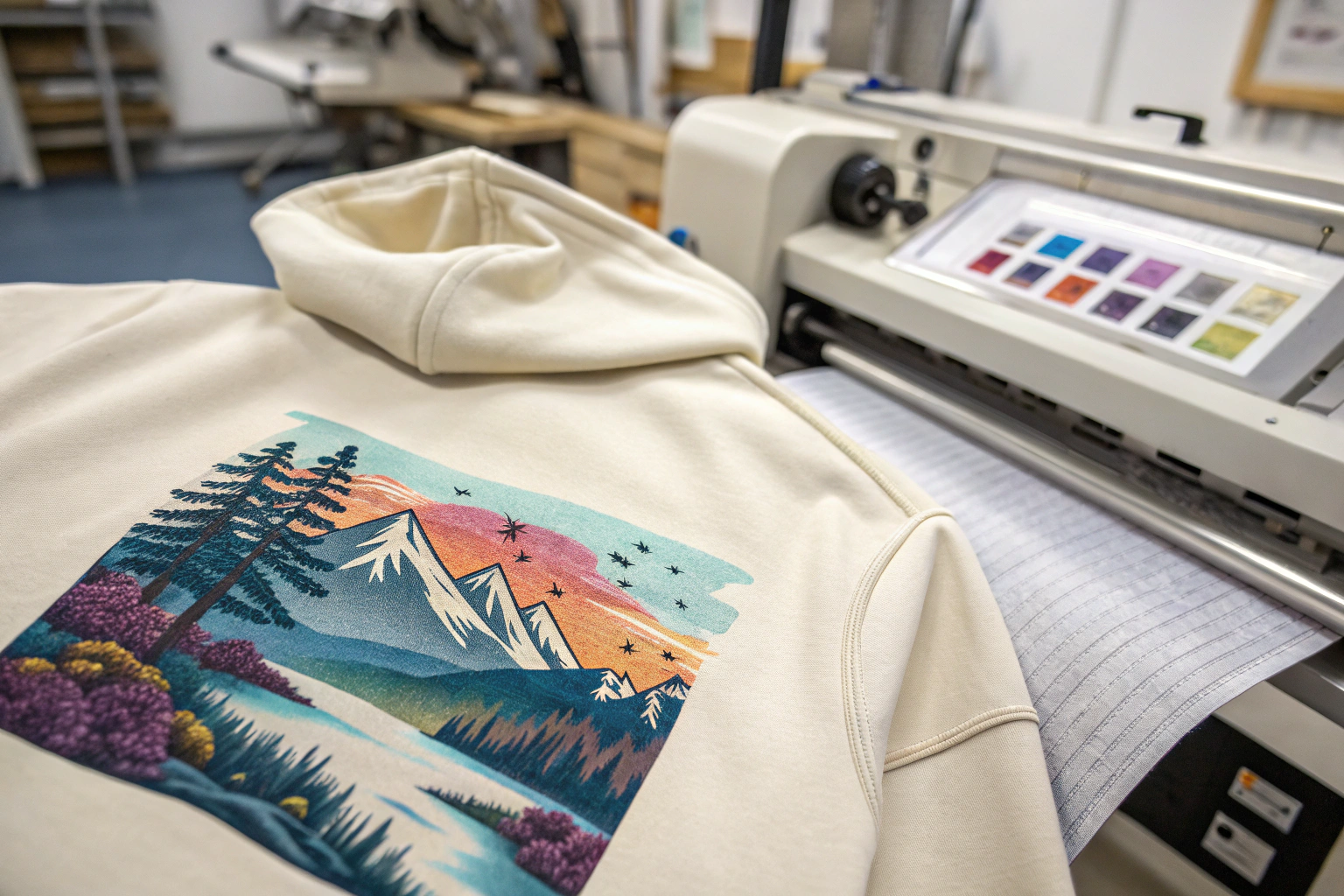
Direct-to-garment (DTG) printing acts like a fabric printer. It sprays water-based ink directly onto the hoodie, allowing for high-resolution prints and full-color gradients without screen setup.
DTG is ideal for light-colored, 100% cotton hoodies. It’s perfect for small quantities and artist-driven graphics. That said, prints on dark garments require a pretreatment layer, which may affect softness and color fastness.
Best use: niche collections, intricate artwork, artist collabs, one-off pieces.
What makes puff print so trendy?
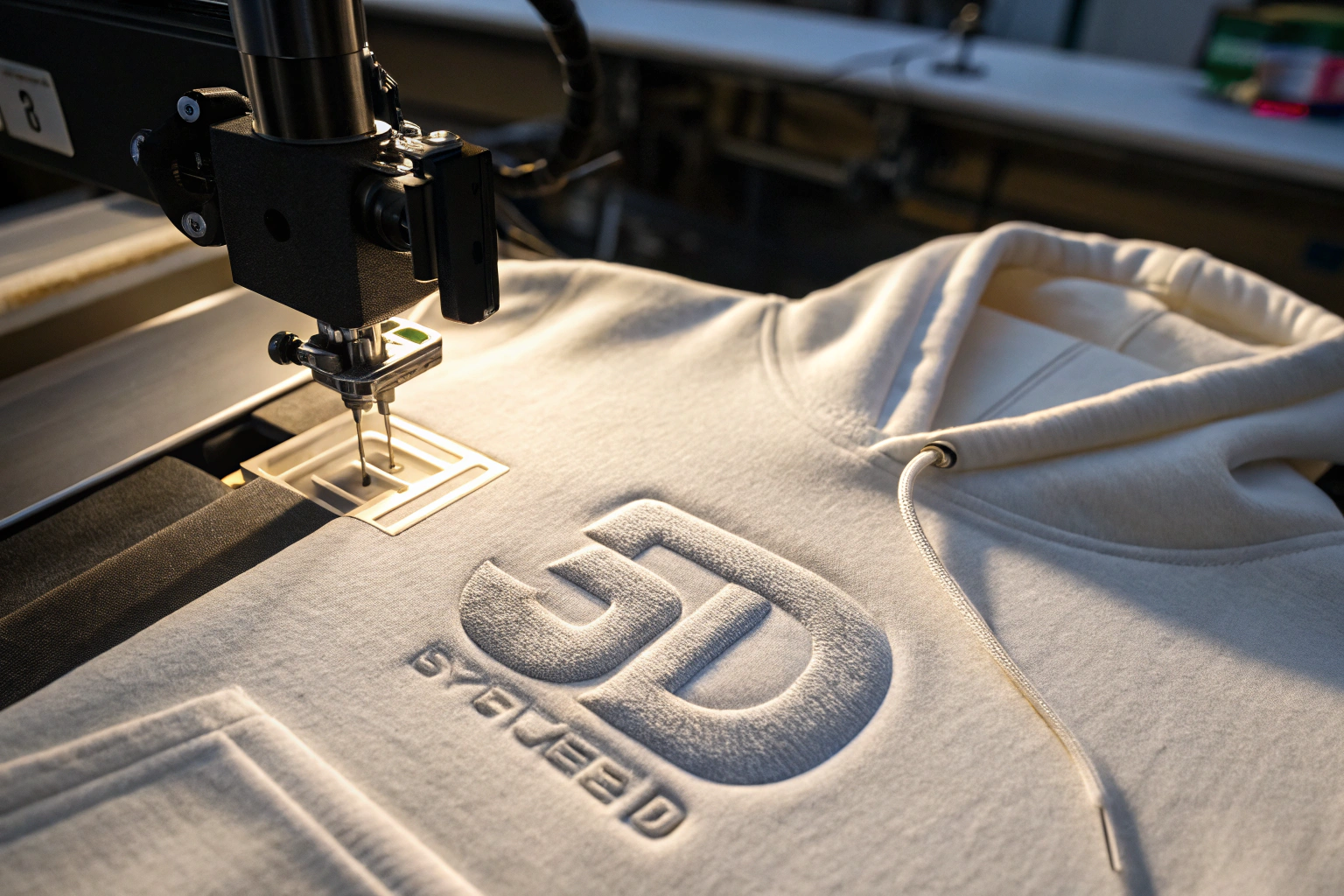
Puff printing is all about texture and statement. This technique uses a special ink that expands when heated, creating a raised, sponge-like effect.
It’s a favorite in modern streetwear and looks best with bold, minimal designs. Puff print stands out visually and physically, but it should be used sparingly. Overuse or poor application can lead to cracking or distortion.
Best use: streetwear logos, slogans, sleeve graphics, or accents on minimalist designs.
Conclusion
Choosing the right decoration method for your custom hoodies depends on more than just budget—it’s about the message you want your garment to send. Screen printing is your go-to for high-volume, bold branding. Embroidery offers a refined, professional edge. Heat transfer supports full-color visuals for short runs. DTG brings flexibility and creativity for detailed designs. And puff print gives a modern, tactile twist that grabs attention. Each method has a place—it’s up to you to pick what fits your product, your brand, and your customers best.

